Manebhanjyang in India is famous for its vintage cars that are over 70 years old. Many owners want to make exceptions so that they can continue to exist and serve tourists.

Manebhanjyang, a small town in northern India bordering Nepal, is famous for its classic Land Rovers, which are used by locals in everyday life. The vehicles were designed by Rover Car Company chief engineer Maurice Wilks and manufactured in Solihull, near Birmingham, England, and debuted at the Amsterdam Motor Show in 1948 – a year after India gained independence.
During this period, many British tea estate owners in the town imported vehicles to serve their tea plantations in Darjeeling, an hour's drive from Manebhanjyang.
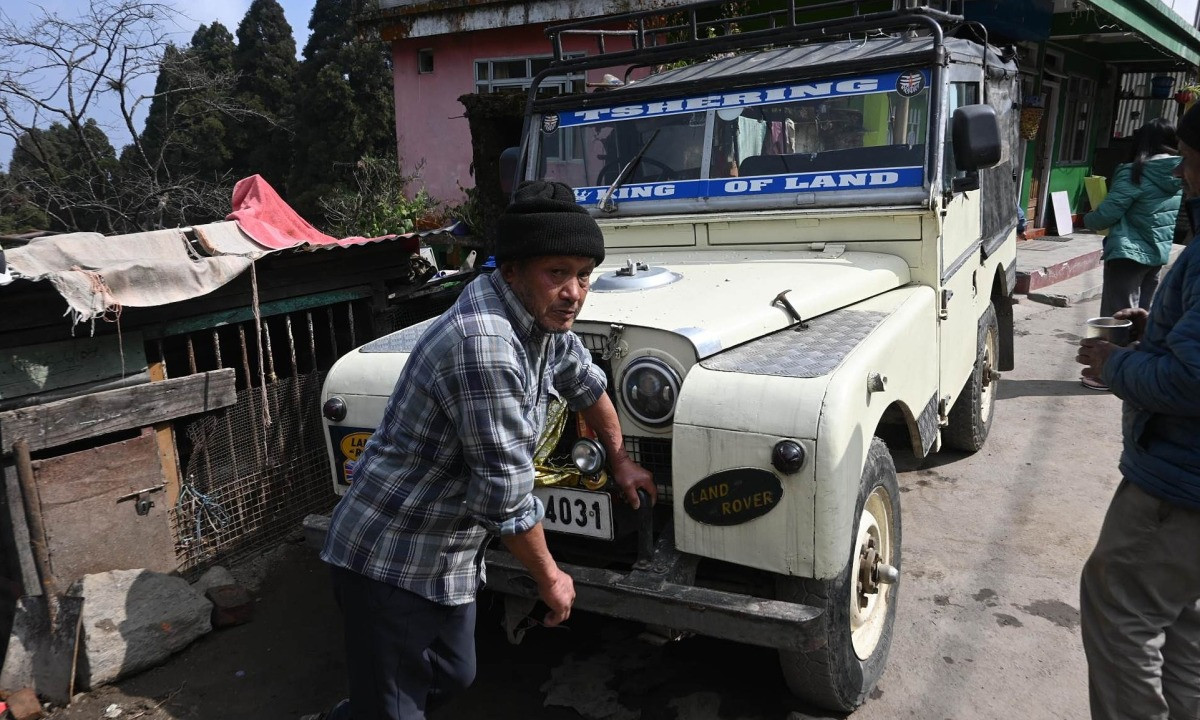
Shahwar Hussain, a vintage car collector, said the roads through the tea gardens were “very bad” at the time. However, these cars could easily pass through. Missionaries also used them to travel to the northeastern regions of India.
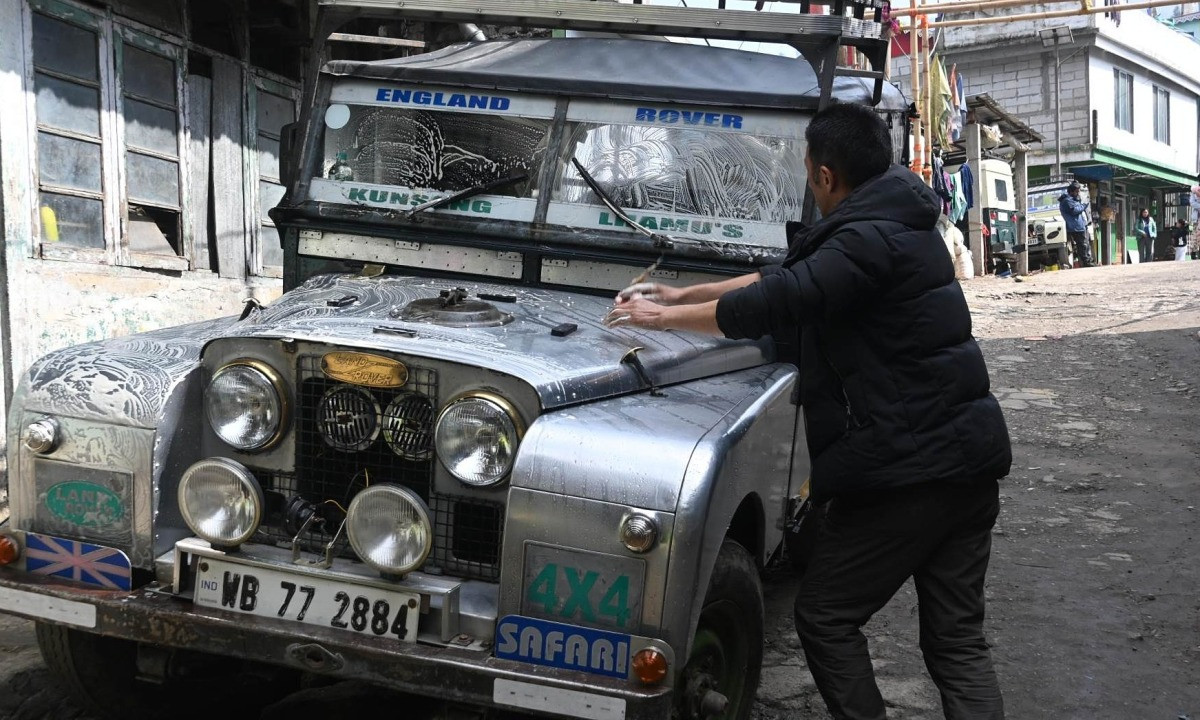
Chandan Pradhan, a resident of Manebhanjyang and president of the Singalila Land Rover Owners Welfare Association, said the town’s residents regularly traded with the highlanders. In the past, they used mules to transport essential goods like salt, rice, flour, and potatoes.
However, when these off-road vehicles appeared, people quickly realized their benefits on steep roads. When the British returned to the country in the 1970s, some townspeople attended an auction to own these vehicles as a means of transportation.
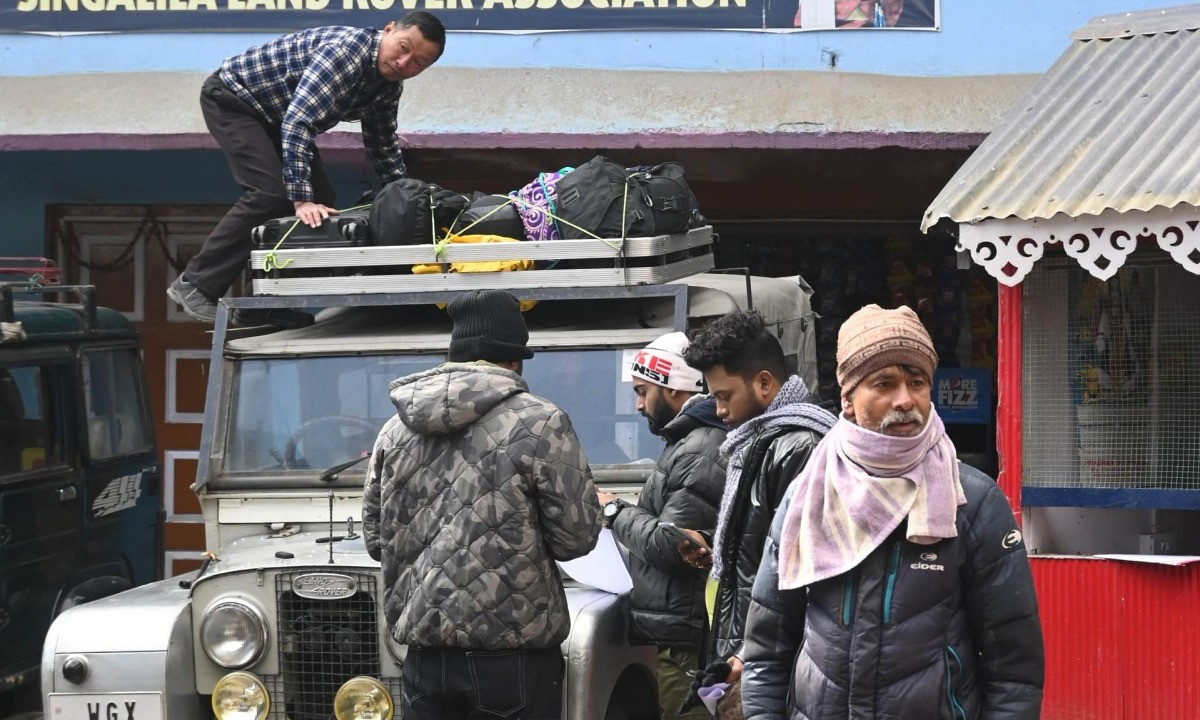
At one point the town had about 300 of them. They proved useful for overnight trips, heavy loads, and long hours.
Pasang Tamang, a resident of the town, still remembers the seven-hour journeys he made to bring supplies to other villages. The roads he remembers are dirt, boulders and creeks that run down the mountainside. The unpredictable mountain weather made the journey even more difficult.
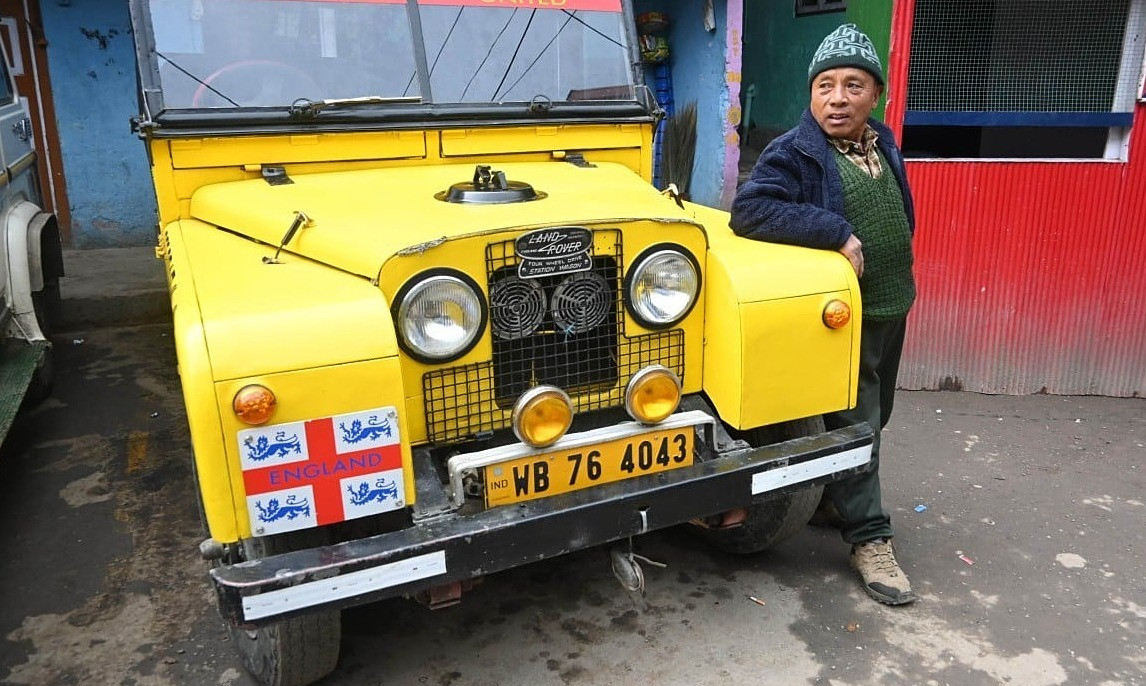
Pasang Tamang next to his vintage car, proudly recounting his trips through heavy snowfall and roads covered in black ice - a driver's nightmare.
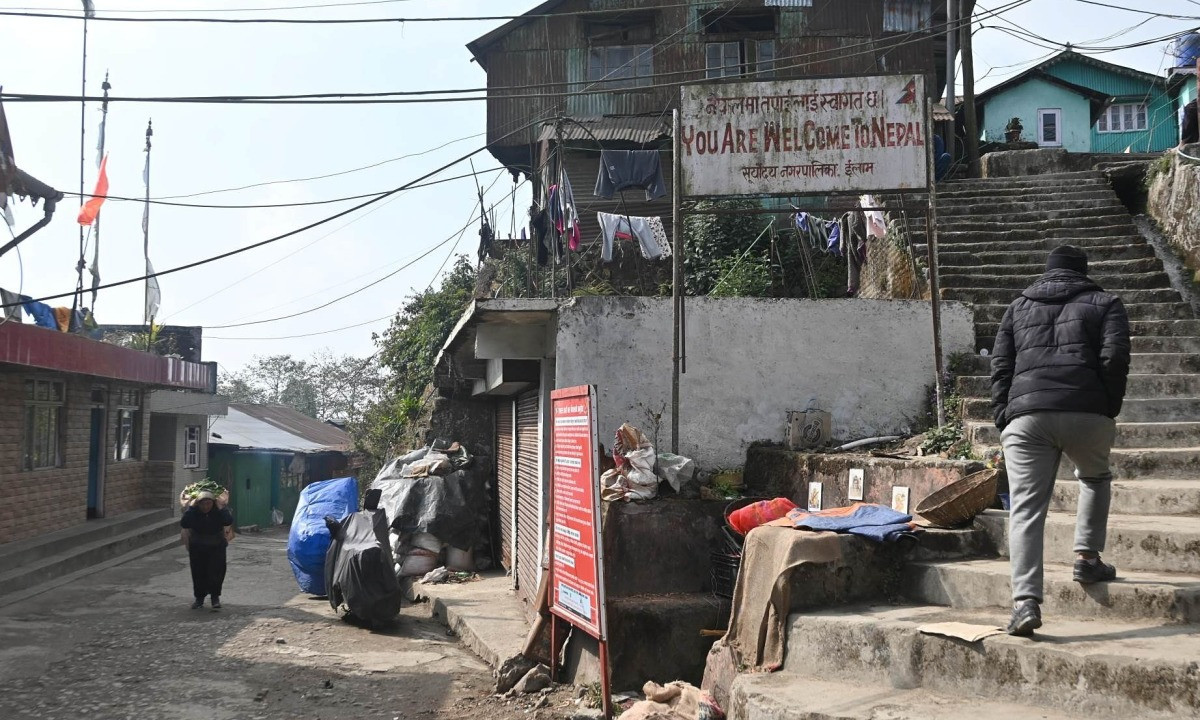
Today, visitors to Sandakphu, a Nepalese mountain famous for its views of the Himalayas, must still travel the road that runs through the town. Although the 31km (19 miles) road is mostly paved, they still need to be assisted by vintage vehicles to reach the summit.
Anil Tamang, who used to drive tourists around in his vintage car, said his customers were increasingly drawn to newer cars, with fewer opting for vintage ones. This has reduced the number of vintage cars in the town to about 35.
Pictured is the border area between India and Nepal.
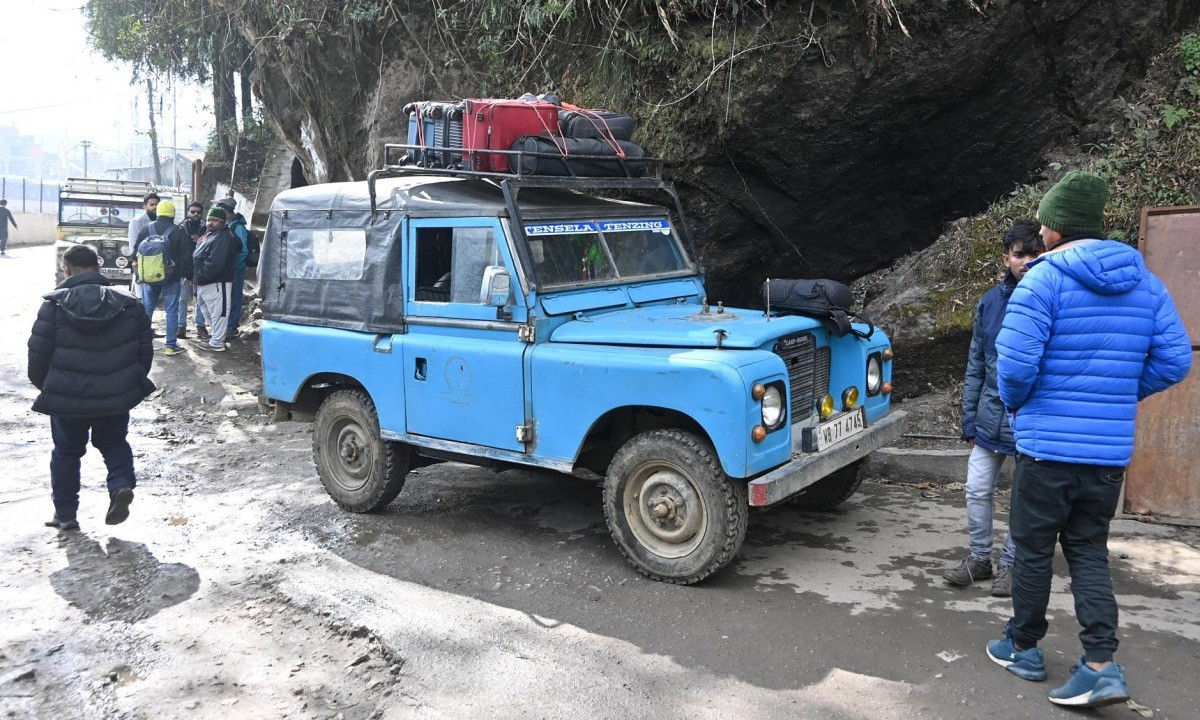
As time goes on, spare parts for classic cars become harder to come by. Some enthusiasts rush to the scene whenever someone is selling a car, only to buy it for cheap and dismantle it for spare parts.
Jagat Rana, a mechanic in Manebhanjyang, says those who still own vintage cars have to be patient. Although they are sturdy, time wears them out and they are prone to oil leaks, especially if they are used daily.
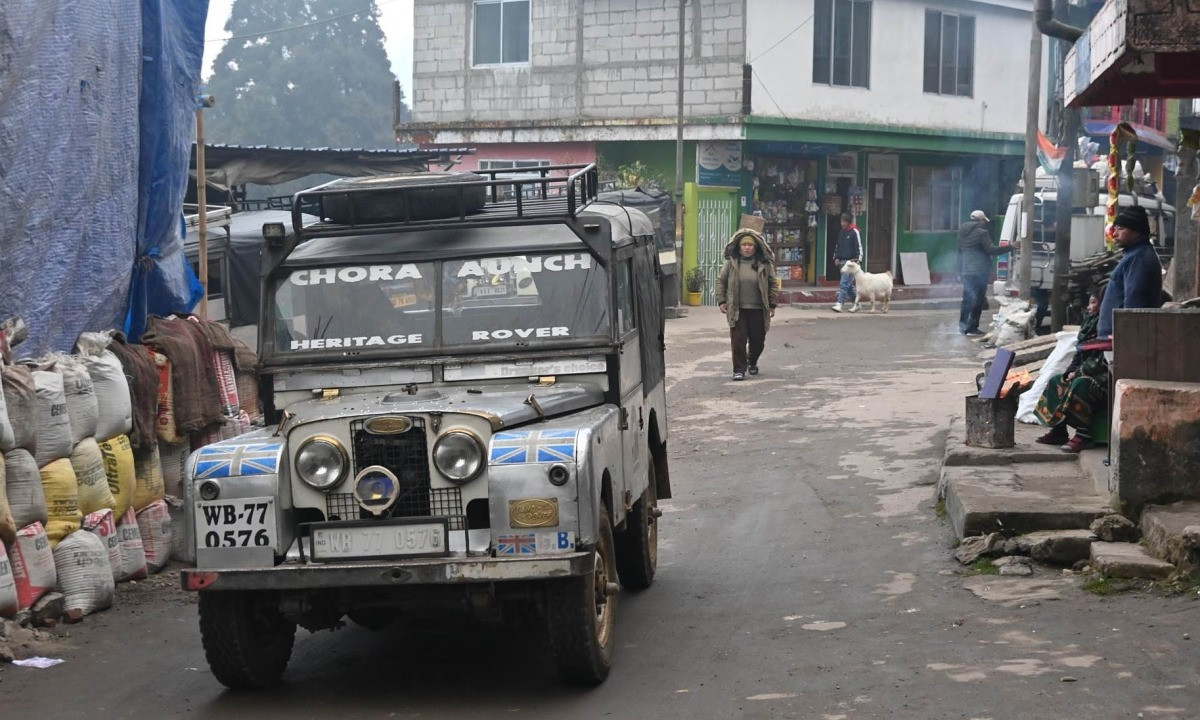
The fate of the town's classic cars has been uncertain since 2018, when a local court ordered them to be phased out of the commercial vehicle registry due to their age.
Some owners have written to the government asking for an exception, allowing them to continue issuing permits for local use for tourism purposes. Despite its age, the car is still valued at $14,000 for those who want to own a classic car collection. “If the government does not support it, the day will come when the town will have no classic cars,” Pradhan said.